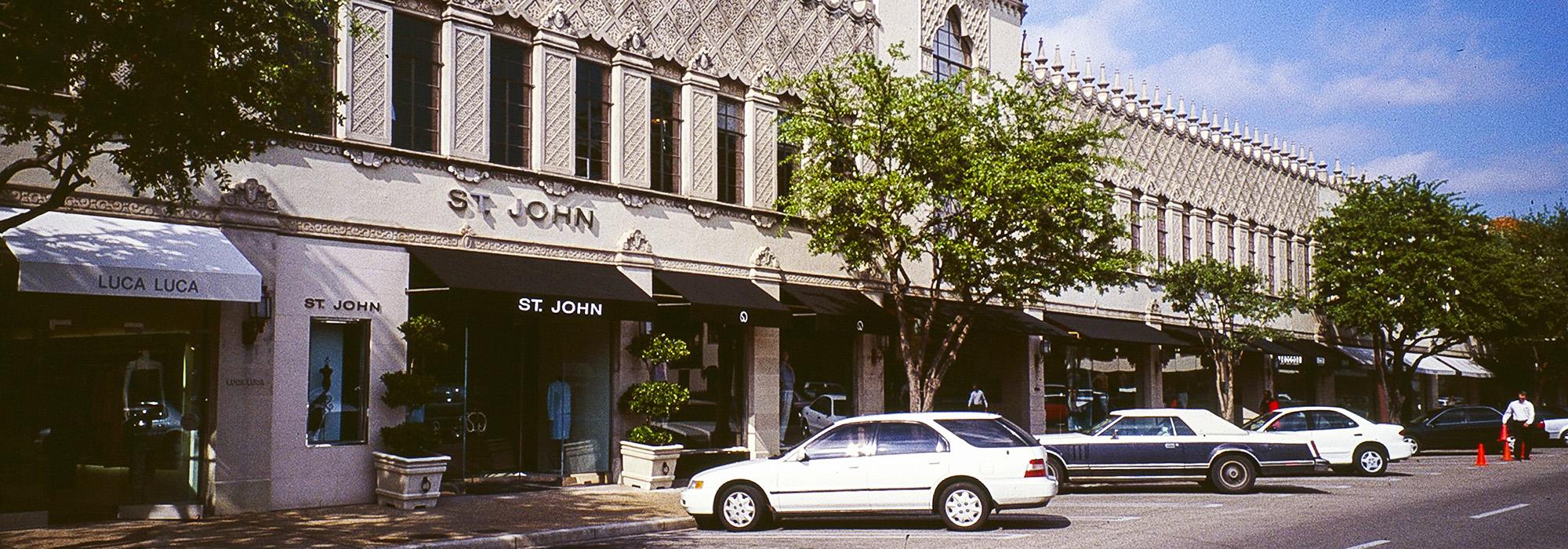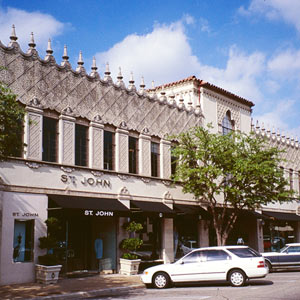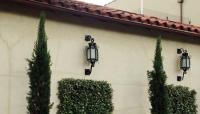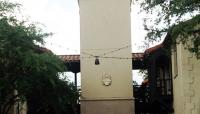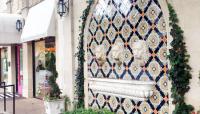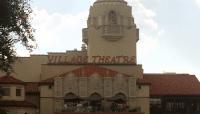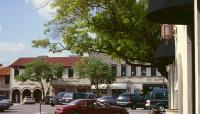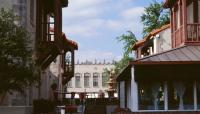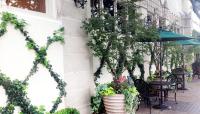Landscape Information
As part of Dallas’ suburban growth at the turn of the twentieth century, real-estate developers John Armstrong and Hugh Prather founded Highland Park in 1907. They asked Los Angeles landscape architect and planner Wilbur Cook, known for creating Beverly Hills, to design a residential community centered on the Dallas Country Club, built in 1912. In 1924 the developers set aside ten acres across Preston Road for an automobile and pedestrian-accessible shopping center that could also function as a town square.
Designed in 1928-29 by James Cheek and Marion Fooshee, Highland Park Village was influenced by Country Club Plaza in Kansas City, Missouri, as well as the contemporary French and Spanish Markets in San Antonio. Built in a modified Spanish Colonial Revival style, the complex contains seven detached one- and two-story buildings arranged around interior surface parking and a central plaza. The parking is accessed by two parallel interior roads, which open to each of the four main streets bounding the rectangular parcel. Live oak trees, evergreen shrubs, and colorful seasonal plantings line the central isle and perimeters and mark vehicular entrances. The northwest corner contains the site’s focal point, the three-story Village Theater, Texas’ first luxury movie palace, built in 1935. In 1953, an addition and underground parking was introduced. The shopping center was renovated beginning in 1976, when Henry Miller and partners turned the dilapidated outlet into one featuring luxury goods. Highland Park Village was designated a National Historic Landmark in 2000.



